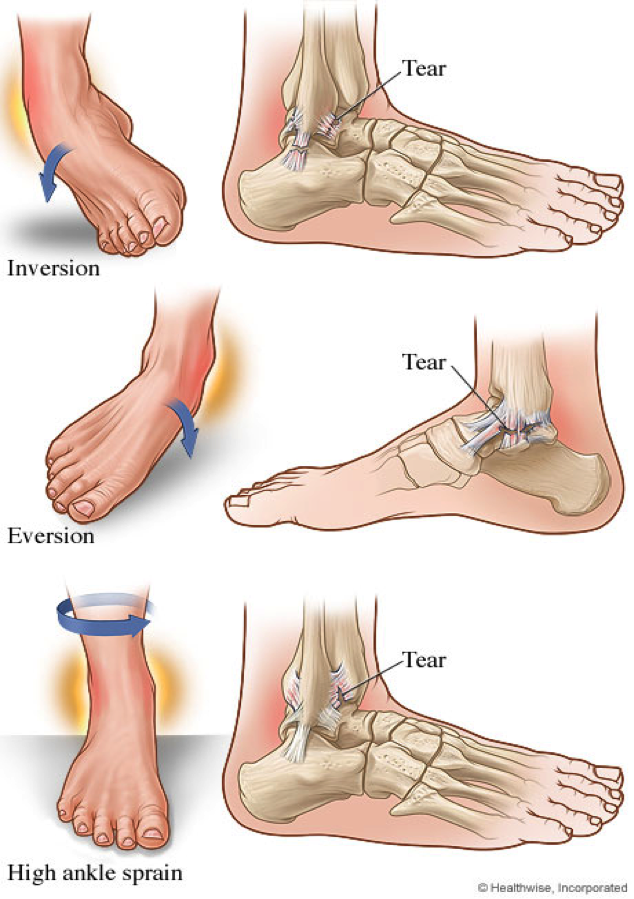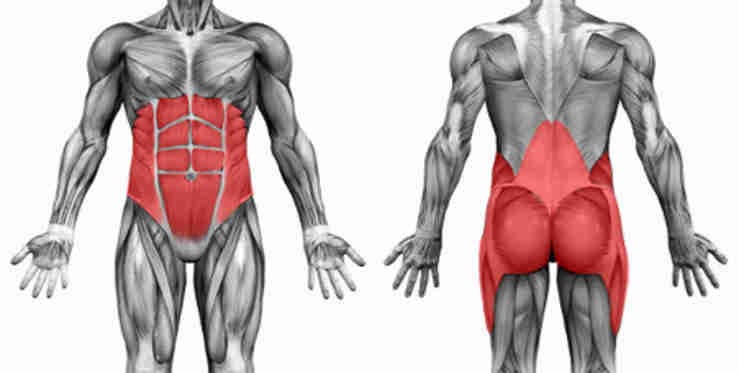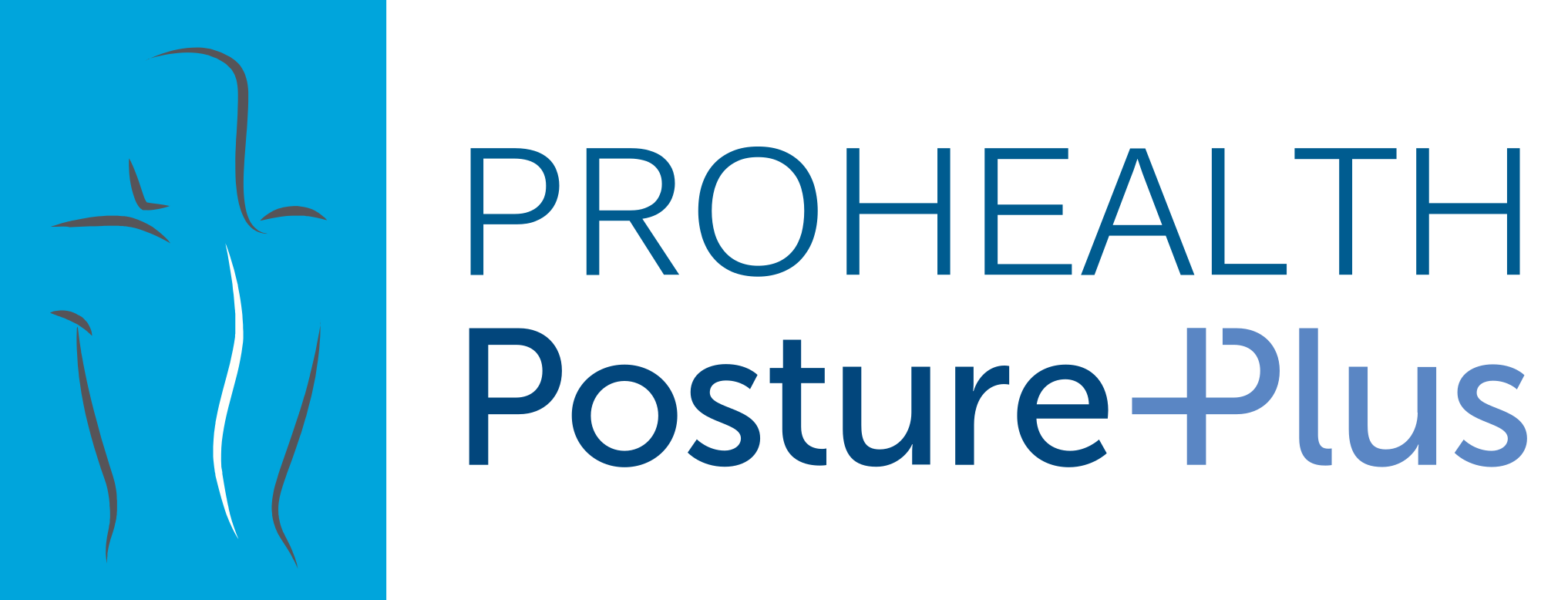
Guide to Tennis Injuries and Prevention
Recreational tennis is gaining popularity in Hong Kong, attracting both new and experienced players. However, it’s essential to be aware of common tennis injuries and take preventive measures to avoid them.
Whether you are playing singles or doubles, tennis involves a lot of running, jumping, sudden changes of direction forward, backwards and sideways (cutting movements). Hitting the ball with a tennis racket results in rotation of the body under load during the forehand, backhand and also the serve, which is a complex power stroke with the arm at full stretch above the head.
In this article, we will discuss the most prevalent tennis injuries and provide practical tips to prevent them.
What are the most common tennis injuries?
Ankle Sprains
Ankle sprains are the most common injuries in tennis. Tennis involves quick and multi-directional movements. Sudden changes in direction can cause the foot to roll. This can injure or overstretch the stabilising structures around the ankle joint.
To prevent ankle sprains, focus on strengthening the muscles of the ankle and foot, consider wearing supportive footwear and add agility training in your routine.

Achilles Tendon or Calf Muscle Tears
Achilles tendon and calf muscle tears are relatively common injuries in tennis players, particularly in those who play on hard courts. This usually occurs when pushing off to chase a ball or landing suddenly. Other causes include overuse and improper warm-up.
A complete tear of the achilles tendon requires medical intervention. Strengthening the calf muscles through specific exercises and incorporating agility training can help prevent these injuries.
Knee Injuries
Tennis players are also at risk from knee injuries, particularly patellar tendinitis (also known as jumper’s knee) and meniscal tears.
Patellar tendinitis is an overuse injury that affects the tendon connecting the kneecap to the shinbone.
Twisting and turning can cause an injury to the cartilage (meniscus tears) in the knee or the medial collateral ligament. Older players may already have degeneration of the joint surfaces which can be aggravated by tennis.
Shoulder Injuries
Shoulder injuries are common in tennis players due to the repetitive overhead motions in serving, backhand shots and overhead shots.
Rotator cuff injuries, impingement syndrome, biceps tendon rupture and labral tears are among the most common shoulder injuries seen in tennis players.
A sudden increase in the intensity or frequency of activity could be responsible; for example returning to tennis after a long break, practising serving for an hour or playing against a new aggressive partner. Mobility and stability throughout the full range of movement is protective.
Tennis Elbow
Tennis elbow, also known as lateral epicondylitis, is a type of repetitive strain injury that affects the tendons on the outside of the elbow. It is not surprisingly a common problem for tennis players, with Incorrect form generally being the cause, especially during the backhand.
It often comes on after an over-enthusiastic return to tennis or a change in the player’s technique. It is also advisable to check that you have the right weight of racket and the size of the grip. Most companies sell ‘elbow friendly’ rackets which can be helpful.
Back Pain
Tennis involves rotation at the beginning and end of the stroke. The racket making contact with the ball adds force. There is greater trunk range of movement with a two-handed backhand with ranges that could stress the spine. Serving should involve controlled movement of the spine with over 50% of the effort coming from the legs and trunk.
Causes of Tennis Injuries and How to Avoid Them
Generally, the common tennis injuries listed above are caused by the following:
- Improper Technique, Not Using the Kinetic Chain
- Overuse / New Movement Patterns
- Lack of Mobility
- Lack of Aerobic Fitness
- Lack of Strength (e.g. weak quadriceps, glutes, calf muscles)
- Lack of Core Stability
- Inappropriate or Poorly Fitted Equipment (Tennis Racket or Shoes)
- Being vulnerable due to previous injuries
Learn Proper Technique and Understand the Kinetic Chain
Are you not stepping into your shot and relying on your wrist to create the shot? Proper technique is essential for preventing injuries in tennis players, as well as to succeed in the court!
Using the kinetic chain, which involves coordinating the movement of the hips, torso, and shoulders, can help generate more power and reduce the strain on the arms and elbows. Players should also focus on using the right footwork and positioning to minimize the risk of overuse injuries.
Overuse / New Movement Patterns
Have you recently decided to change your forehand grip from eastern to semi-western to improve your top spin? You may be putting unaccustomed strain on your wrist.
Have you recently dramatically increased your tennis hours per week or started playing with an aggressive new partner?
Overuse injuries are a common problem in tennis and many other sports, particularly those who play frequently or for extended periods of time. To avoid overuse injuries, players should gradually increase the intensity and duration of their training sessions, and take regular breaks to allow the body to rest and recover. Additionally, players should be cautious when trying new techniques or equipment, as sudden changes in activity can increase the risk of injury.
Lack of Mobility
If you are stiff in one part of the body you may be putting strain on another area.
Adequate mobility helps to prevent injuries in tennis players, particularly in the hips, shoulders, and ankles. To increase your mobility, consider adding stretching and mobility exercises into your training routine to improve flexibility and range of motion, which can help prevent strains and sprains.
Lack of Aerobic Fitness
Are you fit enough to play tennis for 2 hours without parts of your body complaining? A baseline level of fitness for your sport is important!
Tennis is a physically demanding sport that requires a high level of aerobic fitness. Players should engage in regular cardiovascular exercise, such as running or cycling, to improve endurance and reduce the risk of fatigue-related injuries.
Lack of Strength
Strong muscles protect joints and tendons and help prevent injury. Weak muscles, particularly the quads, glutes, and calf muscles can increase the risk of strains and sprains. Players should incorporate strength training exercises into their routine to build muscle and improve overall strength and stability.
Lack of Core Stability
The core is the group of trunk and hip muscles that surround the spine, abdominal viscera and hip that help to keep you upright. Weak abdominals, gluteal and scapular muscles will impair form and put more stress on the body.

Core stability is essential for maintaining proper posture and technique in tennis players. Weak core muscles can lead to poor posture and instability, which can increase the risk of injury. Players should focus on exercises that target the core muscles to improve stability and prevent injury.
Inappropriate Racket or Shoes
Using the wrong equipment can also increase the risk of injury in tennis players.
Check whether the racket you have been using for years is still appropriate. The correct weight, string tension and size of grip are all important.
Additionally, tennis shoes are made differently from running shoes and have a different level of support that is designed specifically for tennis courts. Make sure that your shoes provide adequate support and traction on the court.
Being Vulnerable Due to Previous Injuries
It is worth being realistic if you are coming back from injury and being aware of your limitations.
Previous injuries can also increase the risk of future injuries in tennis players. Players who have had previous injuries should take extra precautions to prevent re-injury, such as incorporating specific exercises or modifications into their training routine and seeking medical advice if necessary.
Our Tennis Injury Prevention Checklist
By understanding the common tennis injuries and its main causes we have mentioned earlier, here is checklist you can keep to minimise the risk of injuries.
- Maintain or Increase Muscle Strength
- Maintain or Increase Range of Movement in areas vulnerable to tightness / stiffness
- Maintain core strength. You can receive a pilates assessment at Posture Plus and follow our programme!
- Be physically fit for your sport
- Avoid overuse injuries by gradually increasing training intensity and duration
- Be mindful of any previous injuries and adjust your training accordingly
- Check your technique / form with a tennis coach
- Check your gear is up to scratch
- Do dynamic stretching before playing / training: eg lunges, trunk rotation, hamstring flicks
- Warm up on the short court, practise strokes
Example of an Injury Prevention Routine
Maintenance (Outside the Tennis Court)
Whether you would like to stay active through exercise, or are looking to supplement your tennis performance with additional tennis outside of the tennis court, please consider the following:
- Aerobic training: Low-intensity workouts such as walking, cycling, or swimming can help improve cardiovascular fitness, which is important for endurance during a tennis match. These activities should be done at a comfortable pace that does not cause undue stress on the body.
- Strength training: Tennis players need to have strong muscles to withstand the demands of the sport. Resistance training using weights or bodyweight exercises can develop your muscles and increase strength.
- Abs, glutes, scap stability work using bands: The muscles of the core, glutes, and scapulae play an important role in maintaining proper body alignment and preventing injury. Exercises using resistance bands or weights can help to strengthen these muscles
- Balance and agility work: Tennis players need to be able to move quickly and change direction with ease. Exercises such as hopscotch ladder drills can help improve balance and agility
Pre-Play (Before You Play Tennis)
- Raise heart rate: Before playing tennis, it’s important to raise your heart rate to increase blood flow to the muscles and prepare the body for the demands of the sport. Running side to side is an effective way to do this.
- Dynamic stretching: Dynamic stretching involves moving through a range of motion to warm up the muscles and prepare them for activity. Examples of dynamic stretches include lunges, star jumps, hamstring flicks, and trunk rotation
- Practise strokes without a ball: Practicing strokes without a ball can help to warm up the muscles and improve technique
- Pretend skipping and running on the spot on the balls of your feet with quick light steps: This exercise, also known as “happy feet,” can help to improve tennis footwork and agility.
After
- Warm down: After playing tennis, it’s important to gradually reduce the intensity of the activity. Professional tennis players often use static bikes and add stretching after their training. However, a light walk is also an effective way to warm down.
- Slow stretching: using a roller or spikey ball help to release tension in the muscles and connective tissue, as well as improve flexibility.
- Address issues: If you experience any soreness or discomfort after playing tennis, it’s important to address the issue immediately. Applying ice packs to sore areas can help reduce inflammation and pain. It’s also a good idea to seek advice from a physiotherapist or healthcare provider if you experience persistent pain or discomfort.
Remember that injury prevention is key to staying healthy and enjoying the sport of tennis. By incorporating the above routine into your training regimen, you can help reduce the risk of injury and stay on top of your game.
Need Any Help? Reach Out to Us!
At Posture Plus, we can treat any existing tennis-related injuries that you may be struggling with. Our experienced physiotherapists offer hands-on treatments for tennis-related injuries, as well as other conditions that affect the musculoskeletal and neural systems.
If you need any advice on injury prevention, or developing a customised strength & conditioning program, we also provide sport-specific assessments to help athletes stay on top of their game! We provide a posture and core stability assessment and rehabilitation programme, where we can assess your current strength & mobility and determine the best approach to start your training.
Our team of physiotherapists are professional and experienced in working with clients of all ages and treatments are always personalised to their recovery needs. Working with our physios, you will receive a detailed assessment to fully understand the root cause and identify areas requiring treatment. From there, we then develop a program to help clients return to or improve their mobility and function, with advice on exercises and activities to minimise the risk of injury.
Written by Sarah Wickham

Grad Dip. P.T.
Registered Physiotherapist (UK & HK)
Sarah Wickham is a UK and HK registered physiotherapist who has been practicing in Hong Kong since 1993. She has extensive experience in sports physiotherapy, having worked with the British Olympic Medical Centre, the Hong Kong Rowing Squad, and the British ice skating team.
She is also experienced in treating children with postural issues and is one of the first Onero™ accredited practitioners in Asia. Sarah is interested in the health and well-being of children and adolescents in Hong Kong and teaches them how to improve their posture and provides specific exercise programs for them. She is also active and enjoys competitive tennis, running and hiking.
